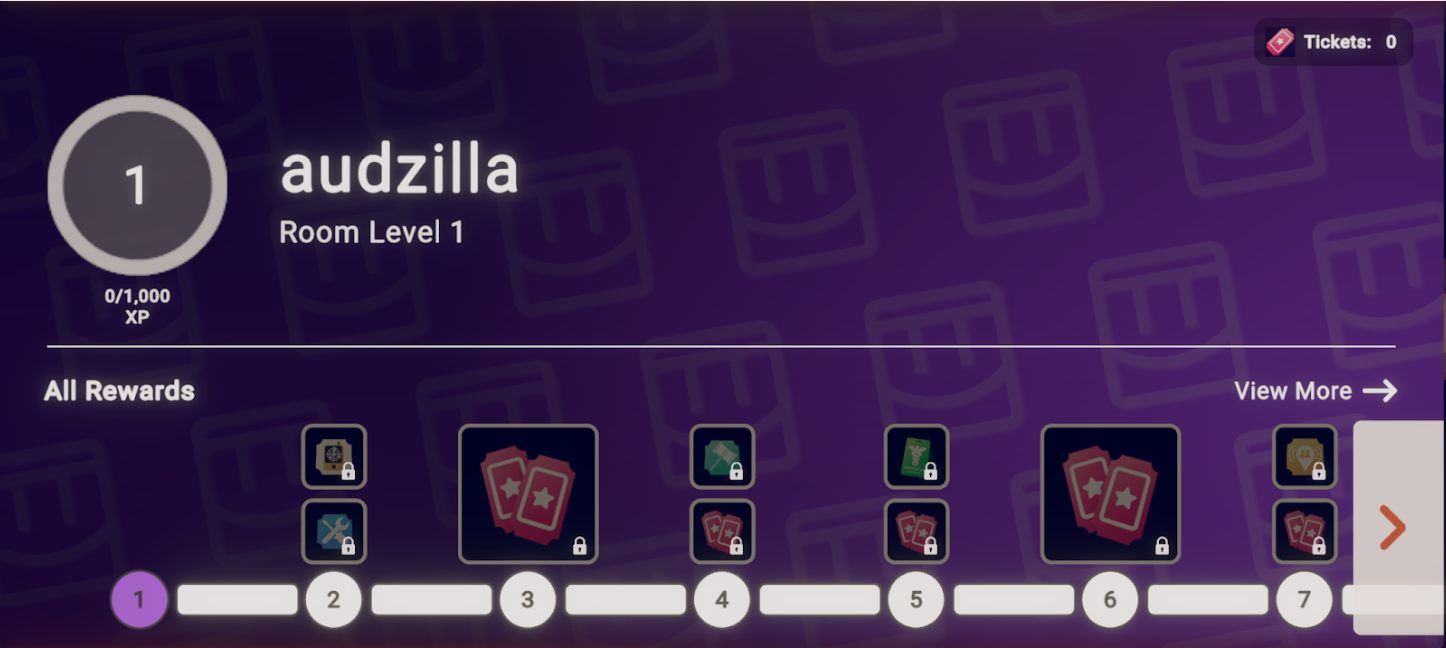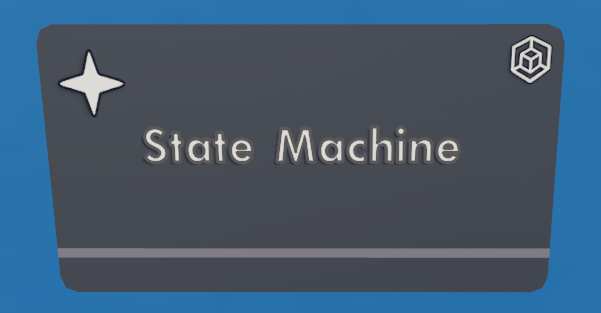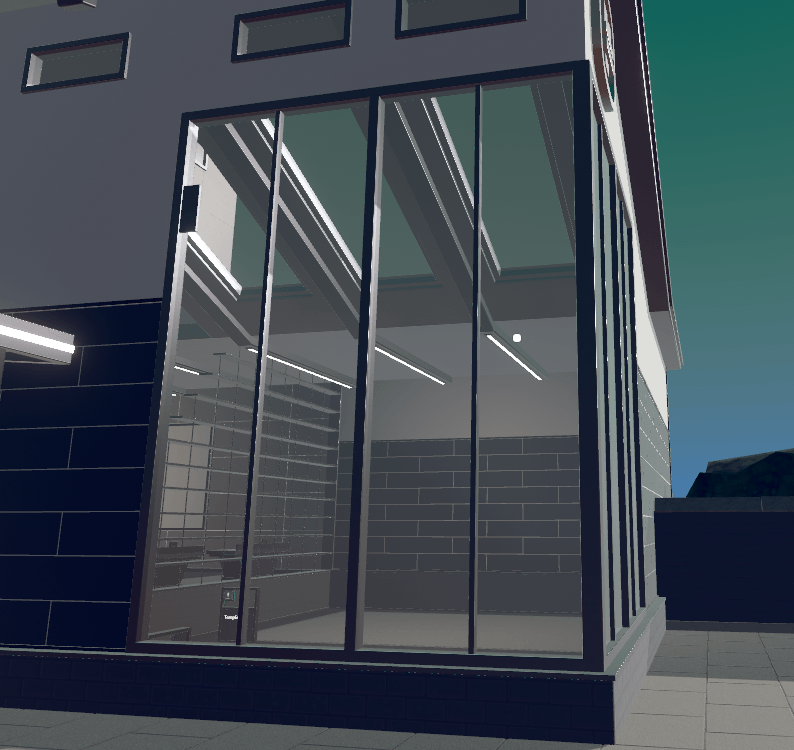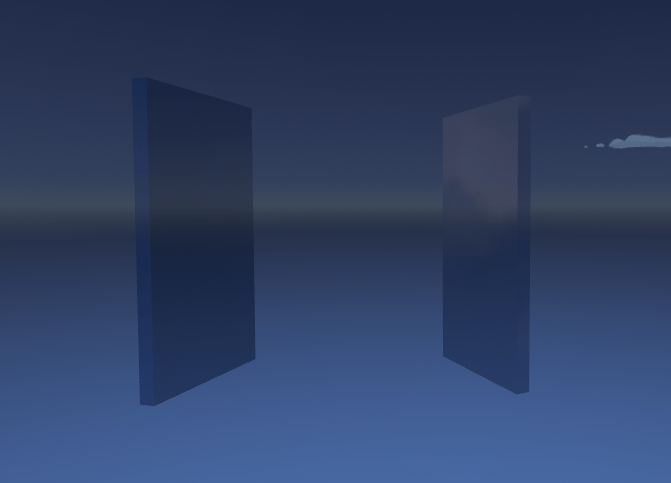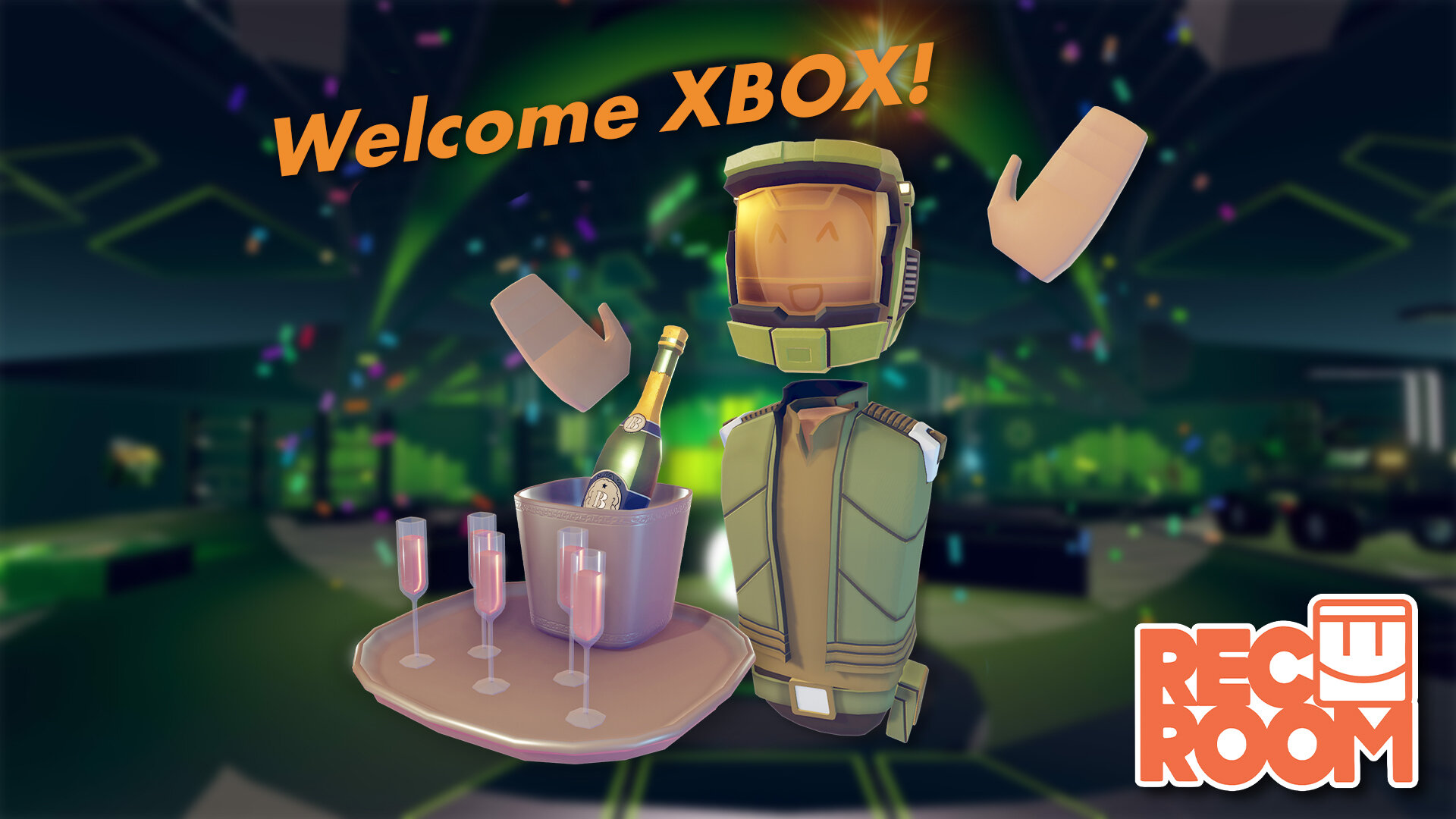In September, we announced that we’re working on an automated voice moderation system to help our moderation team keep Rec Room fun and welcoming. As we get closer to making that system live, we wanted to give a brief overview of what we’re looking to achieve and what protections are in place for Rec Room players.
Currently, we offer a number of moderation options in game for players to help us identify bad actors and manage their own experience. However, we’re working towards a future where speech that harasses or demeans others is dealt with in a very rapid manner in Rec Room, giving trolls less of an opportunity to offend large groups of people before they are removed from the game.
Next week, we’re starting to test a system which will automatically flag speech that’s sexist, racist, discriminatory or contains violent harassing language. Rest assured, we’re targeting the worst of the worst behavior in Rec Room - you can still call your friend a butthead or yell “OH SHIT” when the red bats are closing in in Golden Trophy. Still, there’s speech that everyone can agree violates Rec Room’s Code of Conduct, and that’s what we’re working to remove.
As we introduce these new systems, we want you to know that privacy is being given utmost consideration. We’ve worked to implement and integrate technologies where we can store the most minimal amounts of data, keep that data anonymized, and delete the data as soon as its purpose is served. These systems will be active in public rooms, so you can use private rooms to keep your conversations completely confidential.
Feel free to leave questions in the comments and we’ll try to answer them in the longer devblog coming next week!


